From the Blue Ridge Mountains to the Atlantic Coast, from the Smoky Mountains to the Coastal Plain, North Carolina offers diverse landscapes for diamond hunters.
We have researched the Tar Heel State to bring you the 11 best places to search for diamonds. Don’t waste your time and energy, these carefully selected locations offer the best chances for diamond discovery.
Get ready to explore North Carolina’s hidden geological treasures and possibly strike it rich!
How Diamond Forms Here
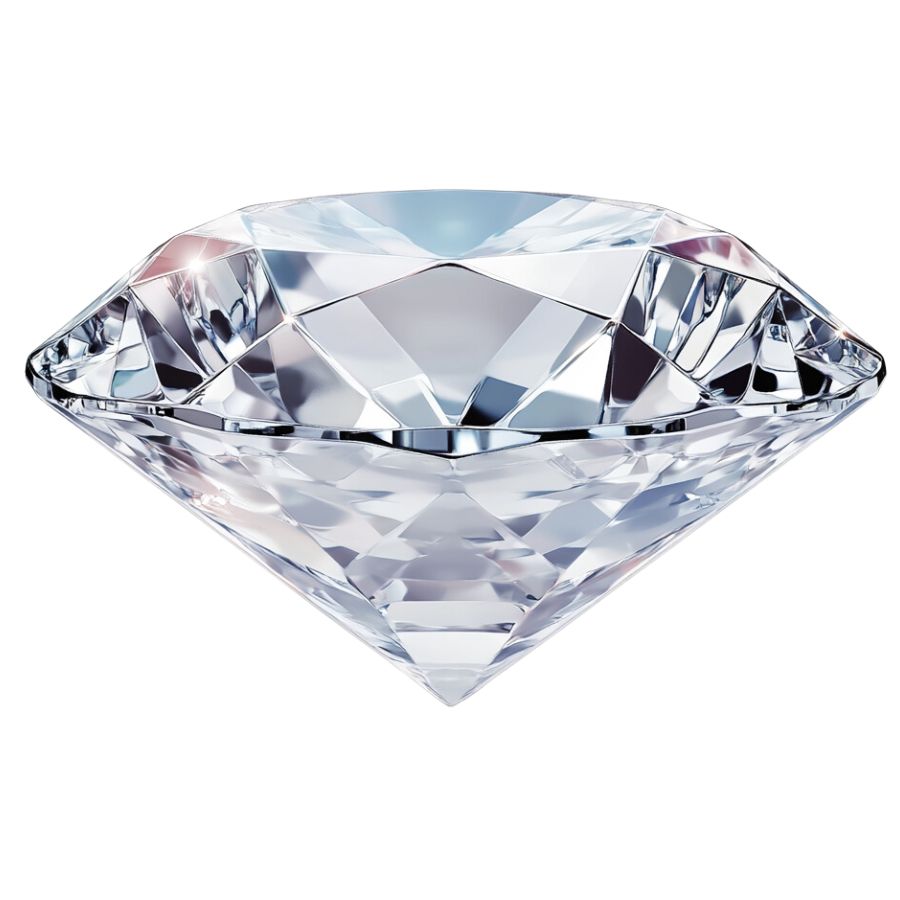
Diamonds form deep within the Earth, about 90 to 200 kilometers below the surface, where conditions are extreme.
Here, carbon atoms are subjected to intense heat—around 900 to 1,300 degrees Celsius—and immense pressure, about 45 to 60 kilobars. This environment causes the carbon to crystallize into diamond structures over millions to billions of years.
Over time, erosion and weathering expose these stones, making them accessible for mining.
What’s amazing is that each diamond’s journey from deep within the Earth makes it unique, with its own shape, size, and clarity.
The Types of Diamond
Diamonds are classified into various types based on their structure and color. Here are some of the popular types of diamond:
Black Diamond
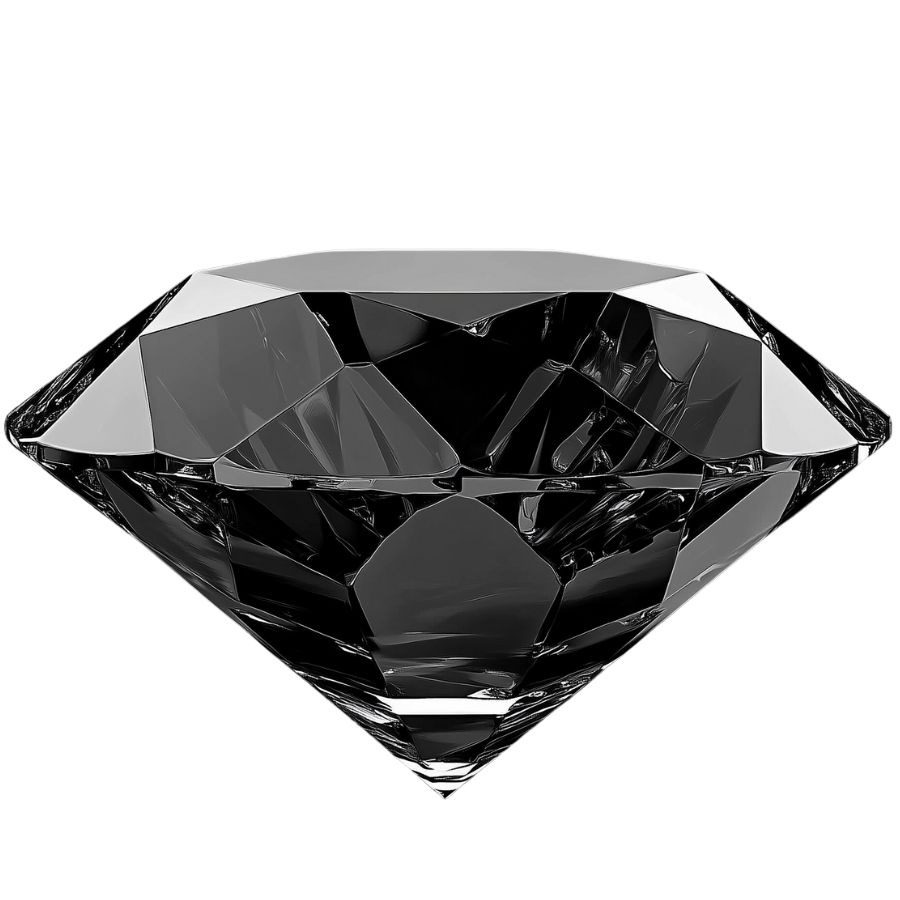
Black diamonds, also known as carbonados, are truly one-of-a-kind. Unlike their clear cousins, these stones are opaque and have a matte finish.
They don’t sparkle in the traditional sense but have a unique, mysterious charm all their own.
What makes black diamonds special is their age and formation. Most are believed to be 2.6 to 3.2 billion years old, making them some of the oldest gemstones on Earth.
Their dark color comes from numerous inclusions and the presence of graphite or other minerals.
Recently, a massive black diamond called “The Enigma” made headlines. Weighing 555.55 carats, it showcases the growing interest in these unusual stones.
Yellow Diamond
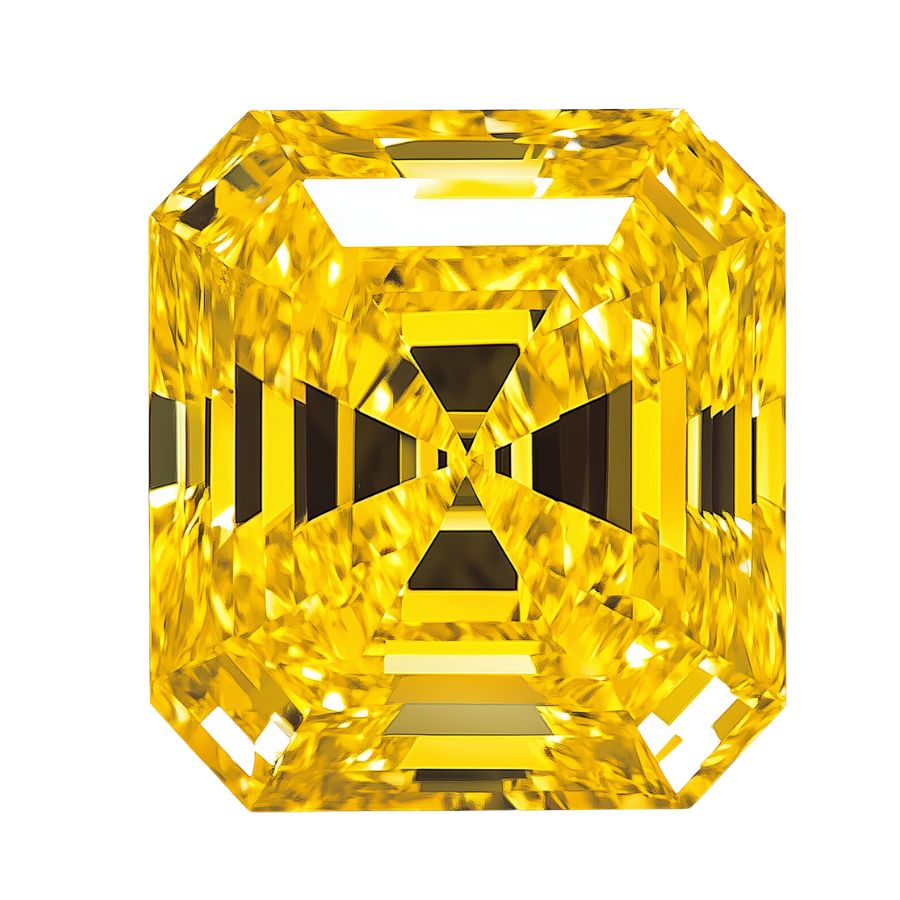
Yellow diamonds shine with a vibrant, sunny hue. Their color ranges from light yellow to deep, intense shades.
This beautiful color comes from nitrogen atoms in the diamond’s structure. These atoms absorb blue light and reflect yellow, giving the stone its unique appearance.
Unlike clear diamonds, yellow diamonds are graded based on their color intensity. The deeper and richer the yellow, the more valuable the stone. This grading system is different from the one used for colorless diamonds.
Blue Diamond
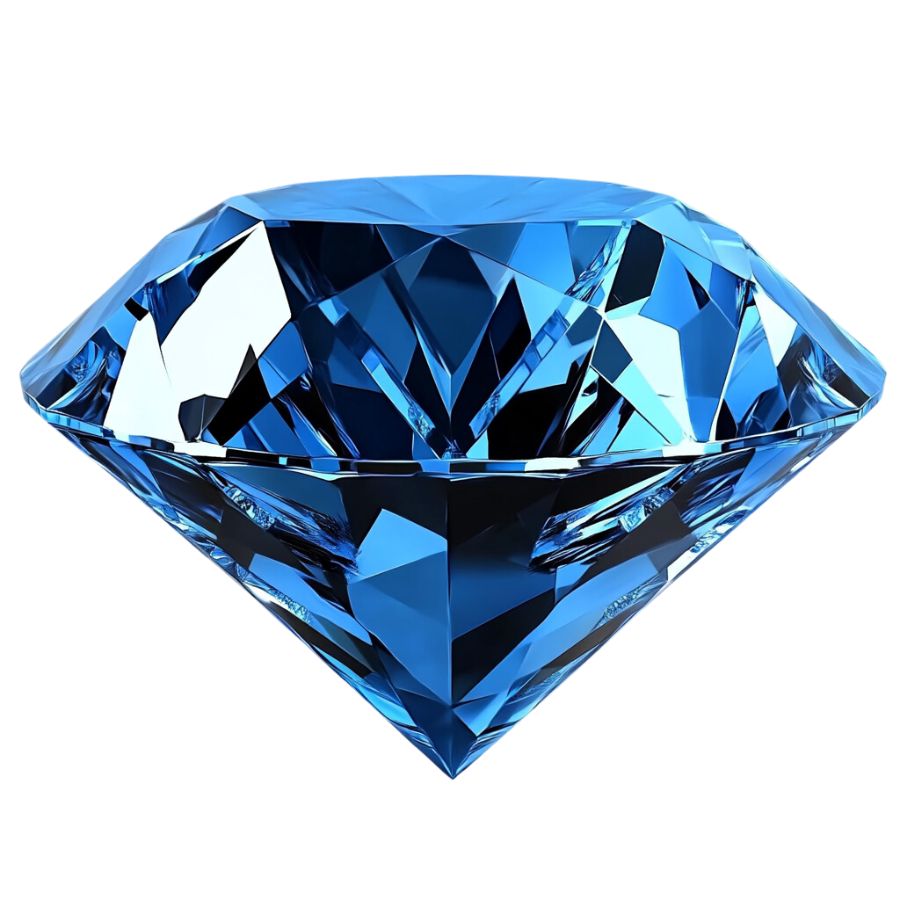
The color of the blue diamond can range from a soft, icy blue to a deep, vivid shade. This striking blue comes from boron in the diamond’s crystal structure. It’s a rare occurrence in nature, making these diamonds very uncommon.
One cool thing about blue diamonds is how they react to ultraviolet light. Many of them show a unique glow called fluorescence. This can make their color even more impressive under certain lighting.
Blue diamonds have some famous examples. The Hope Diamond is probably the most well-known. It’s known for being the largest diamond weighing 45.52 carats. It’s current value is estimated to be US$200–350 million.
Red Diamond

Red diamonds are incredibly rare and highly prized. Their distinct red color comes from structural imperfections in the diamond’s crystal lattice, not from chemical impurities like other colored diamonds.
These diamonds are so rare that very few have ever been found. Each discovery of a red diamond is a significant event in the gemstone world.
Their rarity makes them even more valuable than pink or blue diamonds, which are already considered extremely precious.
Some famous red diamonds have captured public attention. The Moussaieff Red from Brazil and the Kazanjian Red Diamond from South Africa are notable examples.
In 1987, a red diamond (Hancock Diamond) sold at auction for a record-setting $927,000, highlighting the extraordinary value placed on these rare gems.
Pink Diamond
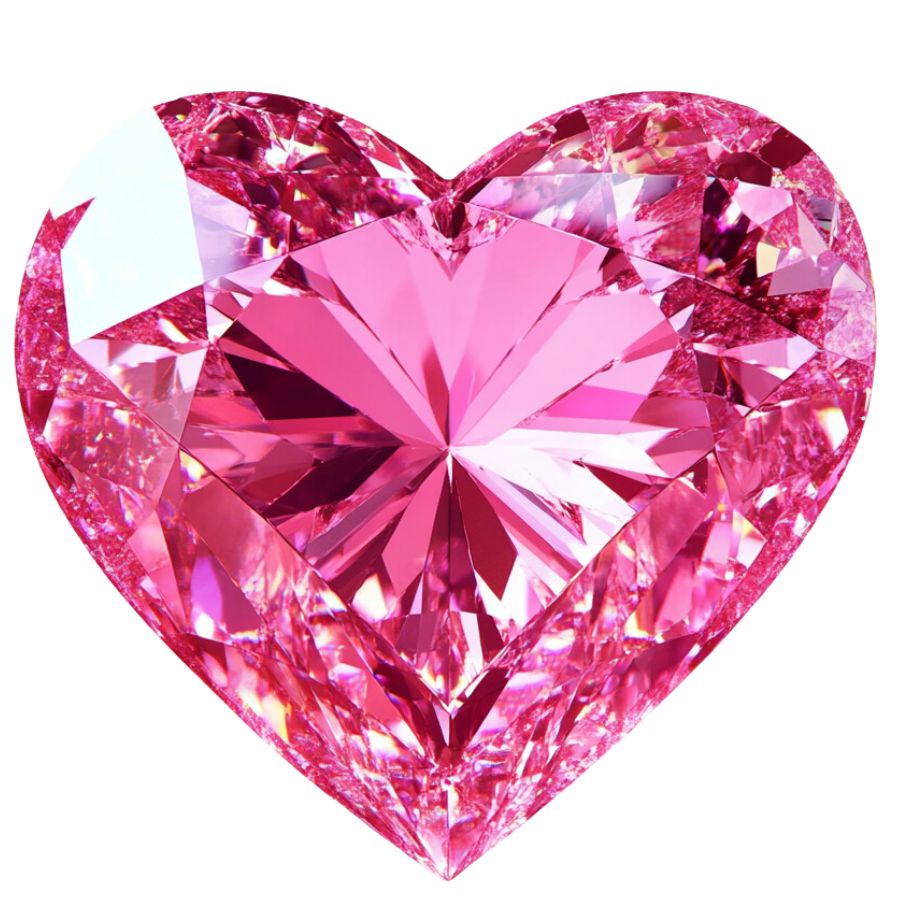
Pink diamond’s color can be a soft, delicate pink or a deep, vivid rose. What’s interesting is that scientists aren’t entirely sure why they’re pink. It’s thought to be due to a twist in their crystal structure, not because of any specific element.
These diamonds are incredibly scarce. For every million carats of rough diamonds mined, only one carat might be a pink diamond. This rarity makes them highly prized by collectors and jewelers.
Even small pink diamonds can be worth a lot because of their rarity. They’re often used in high-end jewelry, where their unique color makes a big impact.
Green Diamond
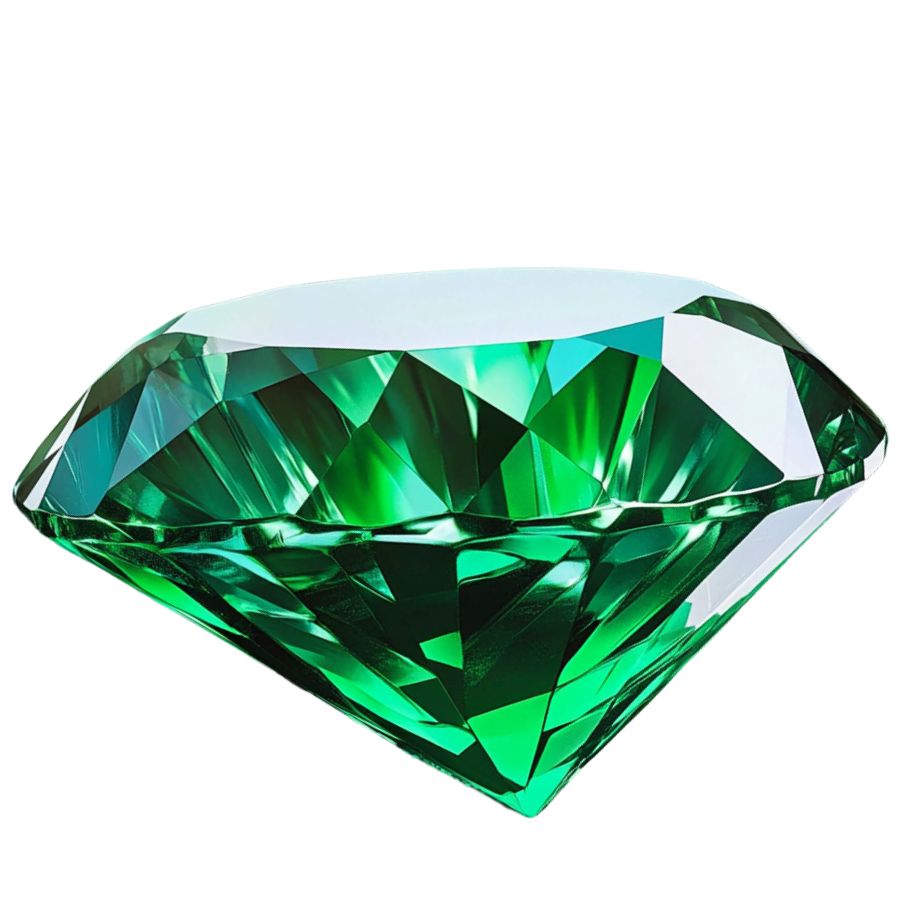
Green diamonds are some of the most unusual and unique colored diamonds. Their color can range from a light mint to a deep forest green
What makes them special is how they get their color. It’s not from a chemical element, but from exposure to natural radiation over millions of years.
This natural coloring process is incredible. It happens when diamonds are near radioactive rocks deep in the earth. The radiation changes the diamond’s crystal structure, creating the green color.
Green diamonds often show unique light effects. Some might have a strong glow under certain lights, adding to their allure.
What Rough Diamonds Look Like
Rough diamonds can be challenging to identify. Below are a few proven techniques that will make it easier for you to identify the rough diamond.
But real quick before we get into the specifics:
DON'T MISS OUT ON ANY GREAT FINDS!
While you're out searching for Diamonds you're going to find a lot of other interesting rocks and minerals along the way. The last thing you want to do is toss out something really interesting or valuable. It can be easy to misidentify things without a little guidance.
We've put together a fantastic field guide that makes identifying 140 of the most interesting and valuable rocks and minerals you will find REALLY EASY. It's simple to use, really durable, and will allow you to identify just about any rock and mineral you come across. Make sure you bring it along on your hunt!
Check for a Glassy or Waxy Luster
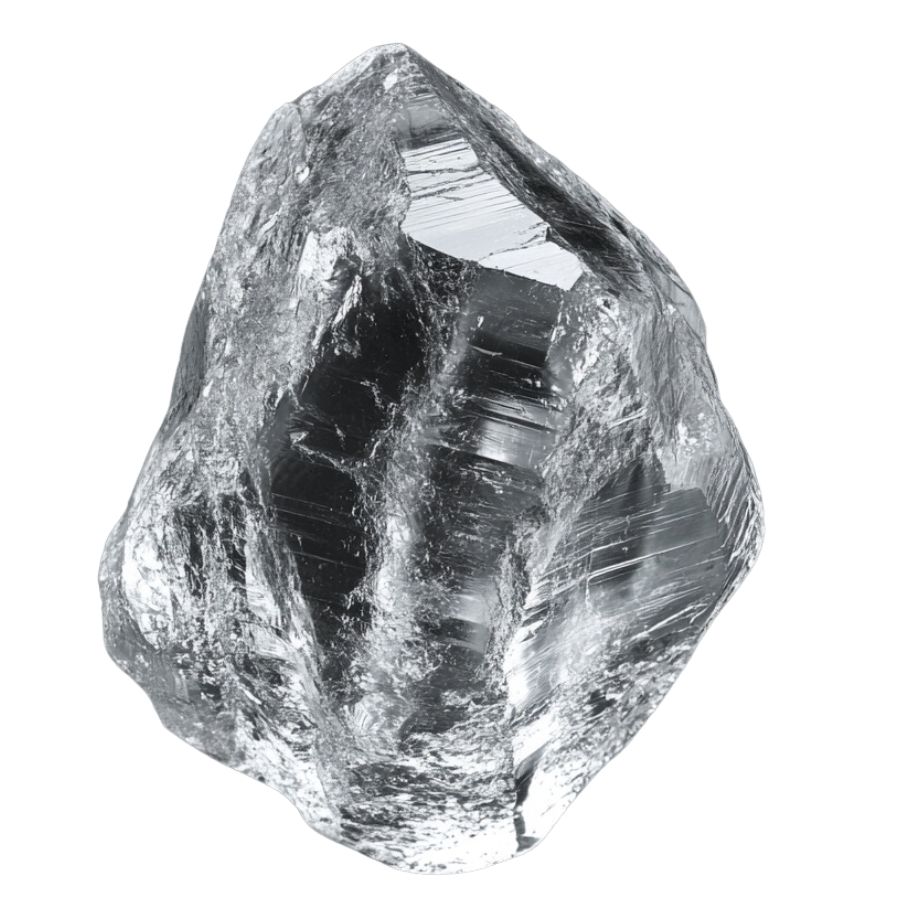
One of the most noticeable features of a rough diamond is its luster. Uncut diamonds often have a glassy or waxy appearance.
This is because the rough surface scatters light differently than a smooth, cut surface.
Look for an Octahedral Shape
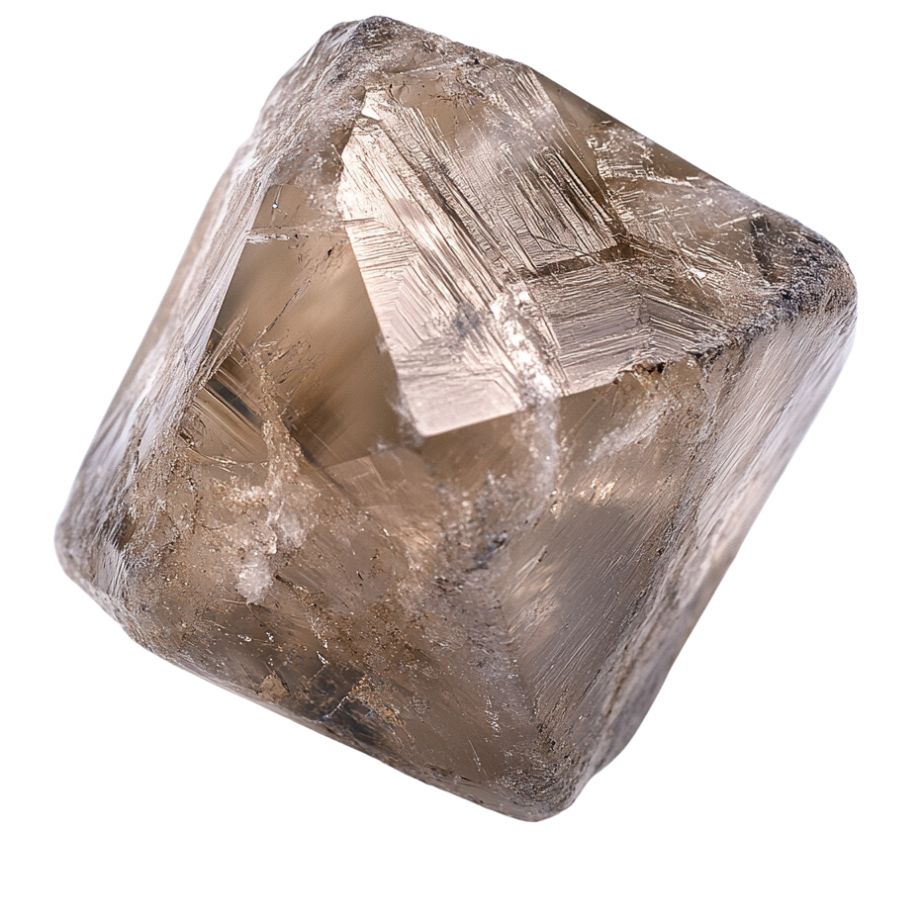
Rough diamonds typically take on an octahedral shape, which resembles two pyramids joined at the base. This shape is a result of the diamond’s cubic crystal structure.
However, not all rough diamonds will have a perfect octahedral form, as they can be distorted or irregular due to natural forces during formation.
Assess the Density and Weight
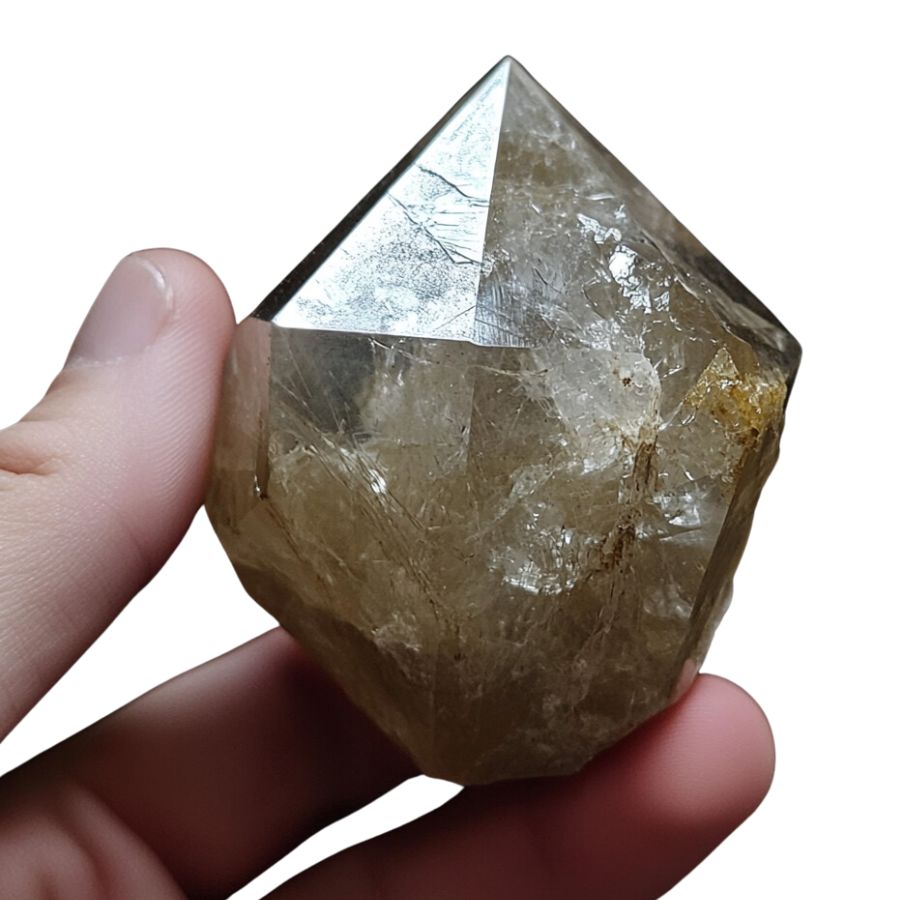
Diamonds are known for their density and weight. A rough diamond will feel heavy for its size compared to other stones.
You can test this by holding the stone in your hand and comparing it to a known non-diamond.
Look for a Crystalline Texture
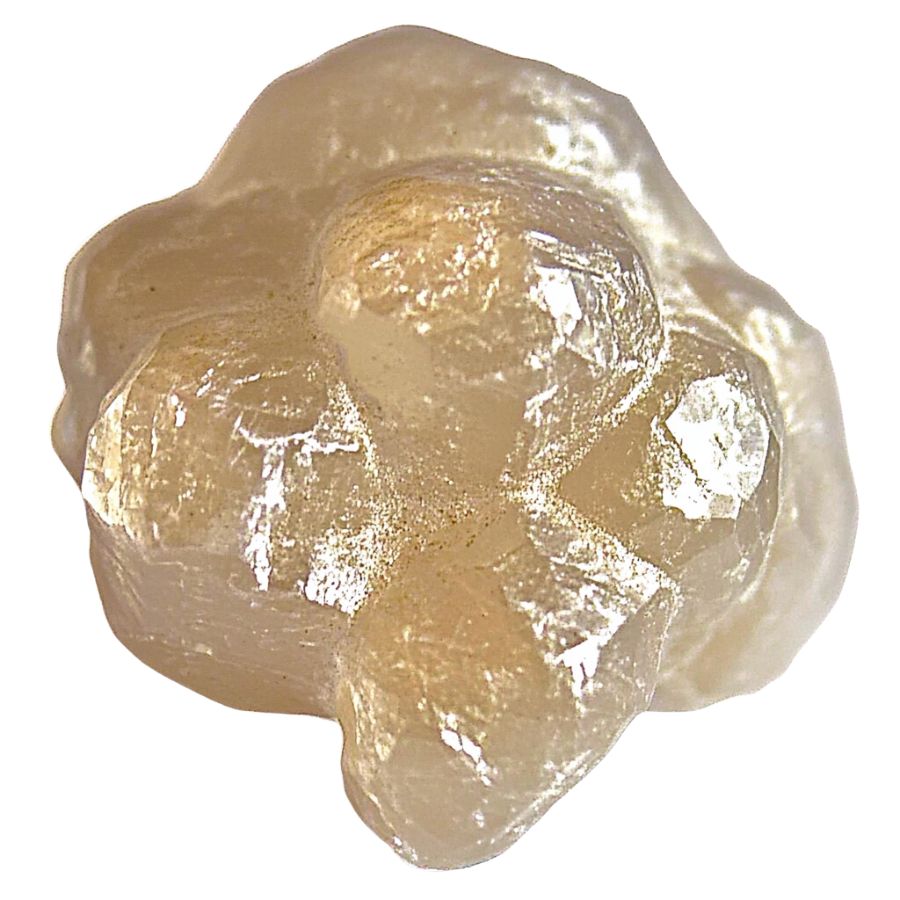
When examining a rough diamond, you may notice a distinct crystalline texture on its surface.
This is due to the diamond’s atomic structure and can help distinguish it from other minerals or synthetic stones.
A Quick Request About Collecting
Always Confirm Access and Collection Rules!
Before heading out to any of the locations on our list you need to confirm access requirements and collection rules for both public and private locations directly with the location. We haven’t personally verified every location and the access requirements and collection rules often change without notice.
Many of the locations we mention will not allow collecting but are still great places for those who love to find beautiful rocks and minerals in the wild without keeping them. We also can’t guarantee you will find anything in these locations since they are constantly changing.
Always get updated information directly from the source ahead of time to ensure responsible rockhounding. If you want even more current options it’s always a good idea to contact local rock and mineral clubs and groups
Tips on where to look
Once you get to the places we have listed below there are some things you should keep in mind when you’re searching:
Look in Sedimentary Rocks
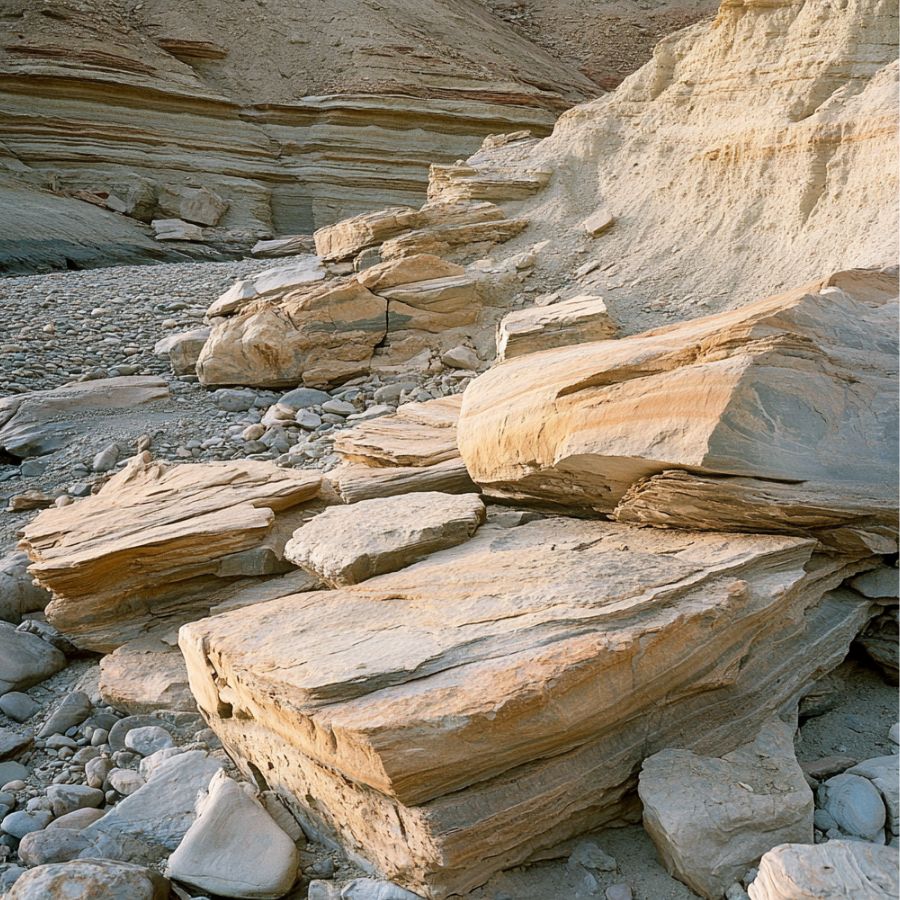
Sedimentary rocks are a great place to start. These rocks form from layers of materials that have settled over time.
Diamonds can be found in these layers. Look for areas where the rock has been worn down or eroded. This is where diamonds might be exposed.
Explore Riverbeds
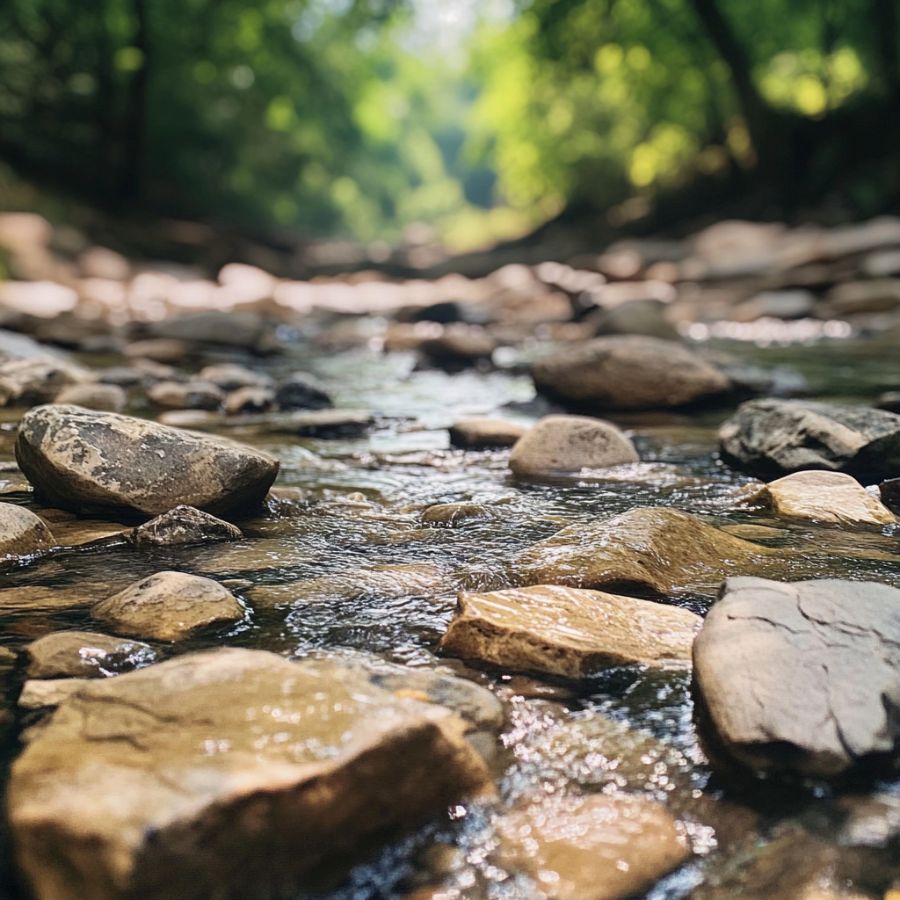
Rivers are another excellent spot. Over time, water carries diamonds downstream. Look for gravel beds in rivers. These spots can hold diamonds that have been washed away from their original location.
Pay attention to bends in the river. These areas often collect heavier materials, including diamonds.
Check Old Mining Sites
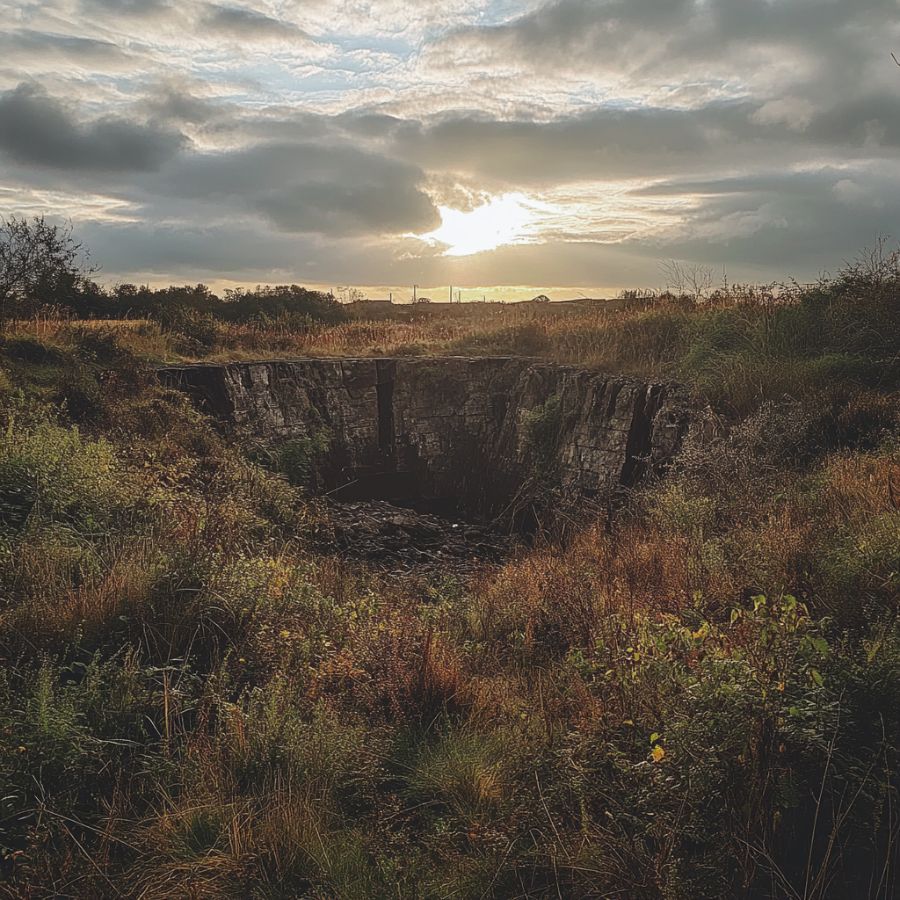
Old mining sites are worth exploring. Many diamonds were left behind during past mining activities.
Look for areas where mining was done in the past. Even if the site is no longer active, it can still be a good place to find hidden gems.
Investigate Hillsides
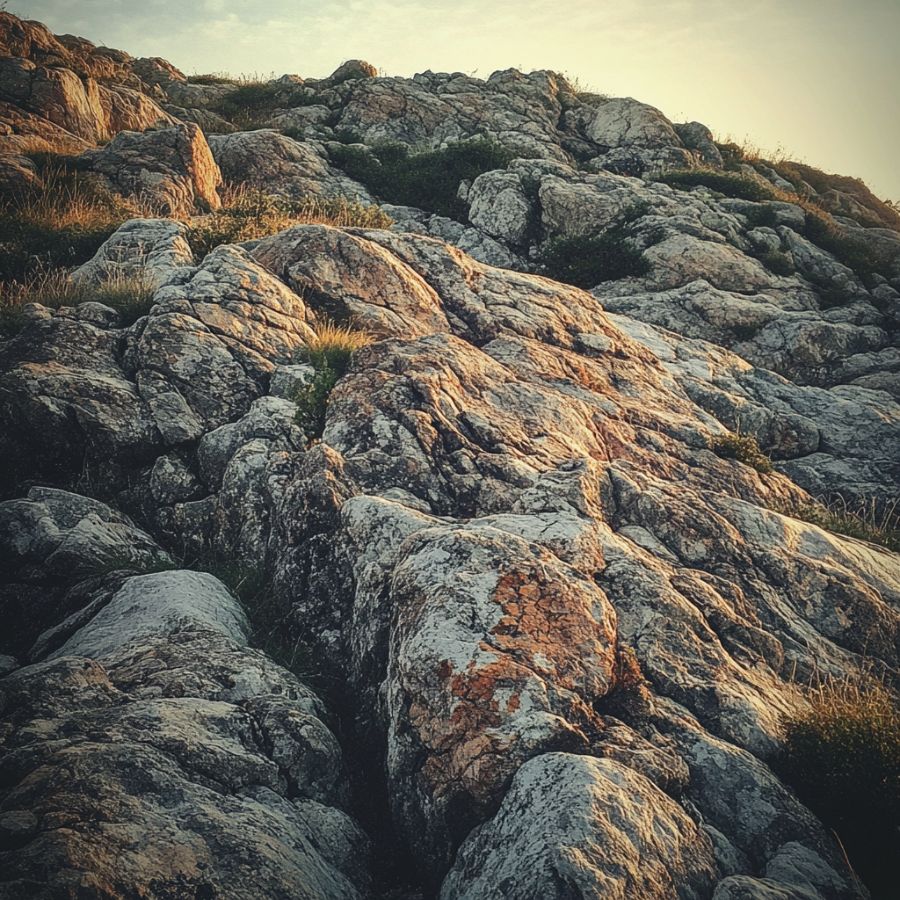
Hillsides can also be promising. Erosion can expose diamond-bearing rocks. Look for loose soil or rock on slopes.
These areas may reveal diamonds that have been pushed to the surface over time.
The types of Diamond you can find around the state
North Carolina is notable for its unique diamond finds, particularly pale green and yellow diamonds. Since the first recorded discovery in 1843, the state has yielded 13 diamonds, with the largest weighing 4.33 carats.
Most of these diamonds were discovered during gold panning in regions like Burke and Mecklenburg counties.
The pale green diamonds, often referred to as pea green, are especially significant, reflecting the state’s geological conditions that favor diamond formation.
Some Great Places To Start
Here are some of the better places in the state to start looking for Diamond in North Carolina:
Always Confirm Access and Collection Rules!
Before heading out to any of the locations on our list you need to confirm access requirements and collection rules for both public and private locations directly with the location. We haven’t personally verified every location and the access requirements and collection rules often change without notice.
Many of the locations we mention will not allow collecting but are still great places for those who love to find beautiful rocks and minerals in the wild without keeping them. We also can’t guarantee you will find anything in these locations since they are constantly changing.
Always get updated information directly from the source ahead of time to ensure responsible rockhounding. If you want even more current options it’s always a good idea to contact local rock and mineral clubs and groups
Kings Mountain

Kings Mountain in Cleveland County, is nestled in the foothills of the Blue Ridge Mountains. The region’s unique volcanic activity created the conditions necessary for diamond formation, making it a prime spot for finding these precious stones.
The soil and rock formations here are known to contain kimberlite pipes, which are often associated with diamond deposits. The place offers a mix of hiking trails and exposed rock surfaces, perfect for amateur gem hunters.
Additionally, the local geology features granite and metamorphic rocks, which can sometimes yield small diamonds or diamond fragments.
The combination of natural beauty and geological significance makes Kings Mountain an exciting destination for those looking to uncover North Carolina’s hidden diamond treasures.
Louisburg

Located in Franklin County, Louisburg is a hidden gem for those seeking diamonds. This area is part of the ancient geological formations known as the Carolina Slate Belt, where diamonds can sometimes be found in the gravel and soils.
Louisburg is particularly appealing for amateur gem hunters due to its accessibility and the remnants of past mining activities. The local streams and riverbeds often wash away the surface materials, revealing potential diamond deposits.
Additionally, the area’s rich mineral diversity increases the chances of stumbling upon these precious stones.
South Muddy Creek

South Muddy Creek in Dysartsville is situated in the foothills of the Blue Ridge Mountains.
What sets South Muddy Creek apart is its history of diamond-bearing gravel beds along the creek. Over time, diamonds have been washed down from their original volcanic sources and can be found among the pebbles in the creek.
Local rock hounds often report success in finding small, uncut diamonds after heavy rains, which can reveal new deposits. The best time to search is after storms, as the creek’s water level drops and exposes fresh gravel bars.
Brindletown Creek

Brindletown Creek is nestled in the western part of North Carolina, within Burke County. While diamonds are rare here, North Carolina is famed for its emeralds, rubies, and sapphires, particularly from nearby regions like Hiddenite.
In Brindletown Creek, two notable diamonds have been discovered. The first was found in 1843 by Dr. F.M. Stephenson, weighing 1.33 carats. Another diamond was discovered in the same area in 1907 by Professor G.W. Featherstonhaught.
At Brindletown Creek, you can explore the creek beds and gravels, where gemstones often wash down from surrounding hills. The alluvial deposits in these waterways are prime spots for prospecting.
Hollands Creek

Hollands Creek is located in the western part of North Carolina near Rutherfordton. This picturesque creek flows through a region rich in history and natural beauty.
While diamonds have not been specifically documented in this area, Hollands Creek is known for its diverse mineral deposits, including quartz and other interesting stones.
The best spots to search for diamonds are along the creek bed and within the gravels, making it an exciting location for both novice and experienced rock hounds.
Places Diamond has been found by county
After discussing our top picks, we wanted to discuss the other places on our list. Below is a list of the additional locations where we have succeeded, along with a breakdown of each place by county.
| County | Location |
| STANLY | in area stream gravels of New London |
| McDOWELL COUNTY | in valley of the headwaters of Brackettown |
| Mecklenburg | in placers around Todds Bracnh |
| BURKE COUNTY | gravels of Hall and Silver Creek |
| LINCOLN | Boger City Area |
| LINCOLN | area gravels of Cottage Home |


